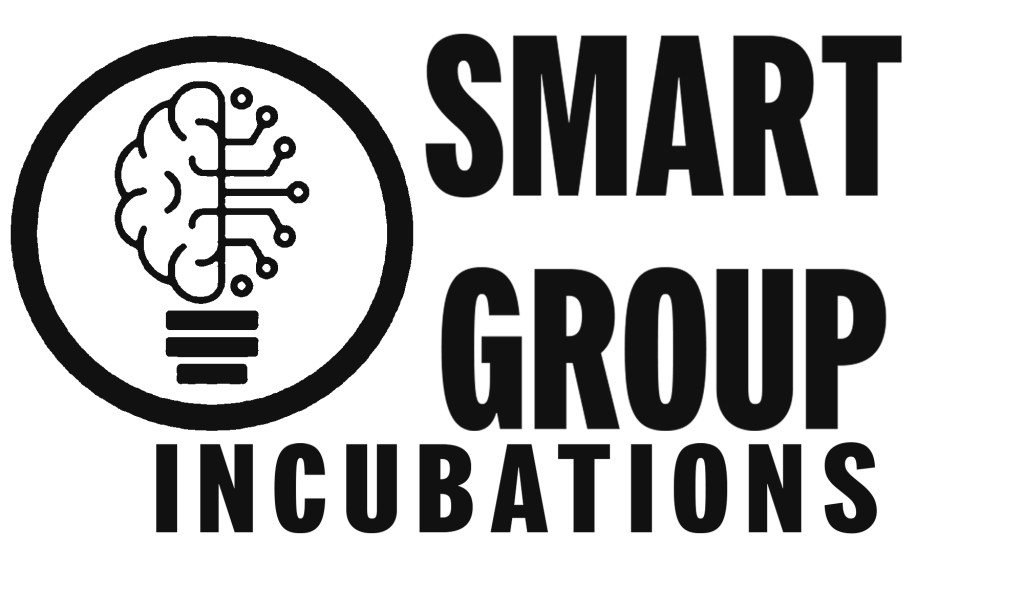In the ever-evolving landscape of technology, the realm of machine learning stands as a testament to human ingenuity and our quest for advancement. As we delve into this fascinating world, it’s crucial to understand the various algorithms and methodologies that form the backbone of machine learning. Drawing from my own experiences. I (CP Singh) aim to shed light on these concepts, making them accessible to enthusiasts and professionals alike.
Supervised Learning: The Guided Path
Supervised learning, much like the meticulous mechanical drawings of my university days, relies on precision and clear guidelines. In this approach, the machine is trained on a labelled dataset, providing it with the examples needed to learn and make predictions. It’s akin to a mentor-mentee relationship, where the mentor provides specific instructions and feedback. Guiding the mentee towards the desired outcome. This method excels in applications where the relationship between the input data and the output is well-defined, such as in image recognition and spam detection.
Unsupervised Learning: The Uncharted Territory
Unsupervised learning reminds me of my exploratory projects in material design, where creativity and exploration were key. Here, the algorithm sifts through data, identifying patterns and structures without explicit instructions. It’s like exploring a vast landscape without a map, discovering natural groupings and patterns. This method is particularly useful for market segmentation, anomaly detection, and understanding complex datasets. Where the relationships between data points are not previously known.
Semi-Supervised Learning: The Best of Both Worlds
Semi-supervised learning bridges the gap between supervised and unsupervised learning. It utilizes a small amount of labelled data to guide the learning process in a larger, unlabelled dataset. This approach mirrors my experience of learning new programming languages by leveraging my foundational knowledge. Allowing for a more efficient learning process. It’s ideal for scenarios where obtaining labelled data is expensive or time-consuming, such as in language translation and speech recognition.
Reinforcement Learning: The Game of Choices
The trial-and-error nature of reinforcement learning resonates with my experiences in algorithm optimization. In this paradigm, the algorithm learns by interacting with an environment, using feedback from its actions to make informed decisions. It’s akin to playing a strategic game, where each move is a learning opportunity. This methodology is widely used in robotics, gaming, and navigation systems, where the ability to adapt and make decisions is crucial.
Deep Learning: Delving into the Depths
Deep learning, with its multi-layered neural networks, parallels my fascination with complex data structures. This approach excels at processing and interpreting vast amounts of unstructured data. Much like a seasoned detective piecing together clues from various sources. It’s the driving force behind advancements in natural language processing, computer vision and speech recognition. Enabling machines to perform tasks with human-like perception.
Ensemble Methods: Strength in Unity
The concept of ensemble methods mirrors the collaborative projects of my academic years. By combining the predictions from multiple models, this approach achieves higher accuracy and robustness than any single model could. It’s a testament to the power of collaboration, highlighting the importance of diverse perspectives in reaching a common goal. Ensemble methods are particularly effective in competitions and complex problem-solving tasks, where a single model’s perspective might not suffice.
Dimensionality Reduction: Simplifying Complexity
Dimensionality reduction, akin to breaking down complex problems into their essence, is about distilling vast datasets to their most informative features. This process facilitates easier visualization, faster computation, and better performance by focusing on the data’s core aspects. It’s a crucial step in data preprocessing, especially in fields like genomics and image processing, where the data can be overwhelmingly complex.
Supporting Innovation: Smart Group‘s Commitment to ML and AI Startups
At Smart Group, we recognize the transformative power of machine learning and artificial intelligence. Our commitment to fostering innovation extends to supporting startups in the ML and AI space. Providing them with the resources and mentorship needed to turn visionary ideas into reality. By nurturing these fledgling ventures. We aim to contribute to a future where technology continues to enhance human capabilities and drive progress.
The journey through the diverse landscape of machine learning algorithms and methodologies is a testament to the field’s richness and potential. As we continue to explore and innovate, the principles of machine learning will remain pivotal in shaping the future of technology. Making our world smarter, more efficient, and more interconnected.


In conclusion, we at Smart Group hope this article has provided you with valuable insights and actionable strategies. Smart Group India Incubation provides a nurturing environment for startups, offering comprehensive support and resources to foster growth and innovation. With access to expert mentorship, state-of-the-art infrastructure, and networking opportunities, startups can thrive in their journey from ideation to market launch. Explore our services in DevOps consultancy, IoT solutions, and cybersecurity to leverage cutting-edge technology for your business success. Join us to embark on a transformative journey towards entrepreneurial excellence. For further information and a deeper dive into this topic, we encourage you to explore the following resources. These links offer a wealth of knowledge and expert opinions that can enhance your understanding and assist you in applying these concepts effectively.
Startup Policies Govt. Of India
Startup News Sites
Publications
Research Papers